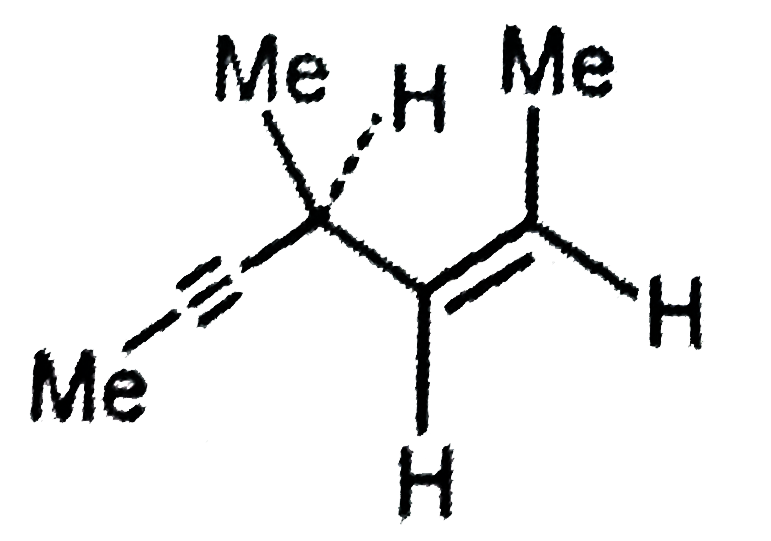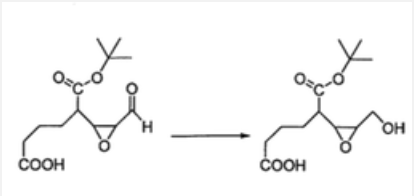Complete Solutions to Part-I : Jee (Advanced) (Previous years) of chapter REDUCTION, OXIDATION & HYDROLYSIS REACTIONS of Class 11 book with complete answers and questions
| Class 11 | CHEMISTRY |
| Chapter | REDUCTION, OXIDATION & HYDROLYSIS REACTIONS |
| RESONANCE NEW | Part-I : Jee (Advanced) (Previous years) |
| Number Of Questions | 12 |
| Academic Year | 2023-24 |
What would be the major product in the following reactions ?

View SolutionHydrogenation of the adjoining compound in the presence of poisoned palladium catalyst gives.

View Solution1-propanol and 2-propanol can be best distinguished by :
View SolutionStatement I `: ` Dimethyl sulphide is commonly used for the reduction of an ozonide of compound.
Statement II`:` It reduces the ozonide giving water soluble dimethyl sulphoxide and excess of it evaporates.
View SolutionOn passing `SO_2` gas through calcium hydroxide, we get a white precipitate of
View SolutionWhich of the following is used for the conversion of 2 - hexyne into trans - 2 hexene ?
View SolutionSilver nitrate on reaction with sodium iodide gives yellow precipitate of
View SolutionSilver nitrate on reaction with potassium chloride gives white precipitate of
View SolutionSilver nitrate on reaction with sodium chromate gives red precipitate of
View SolutionThe number of optically active products obtained from the complete ozonolysis of the given compound, is:

View SolutionConsider all possible isomeric ketones including steroisomers of Mw=100, All these isomers are independently reacted with `NaBH_(4)` (NOTE: stereoisomers are also separately). The total number of ketones that give a racemic product(s) is/are
View SolutionReagent(s) which can be used to bring about the following transformation is(are)

View Solution
Part-I : Jee (Advanced) (Previous years) questions and complete solutions for chapter REDUCTION, OXIDATION & HYDROLYSIS REACTIONS of RESONANCE ENGLISH of Class 11
All Exercises from RESONANCE NEW Class 11 CHEMISTRY REDUCTION, OXIDATION & HYDROLYSIS REACTIONS
- Additional problems for self Practice (Part-1)
- Comprehension Type
- Example
- Exercise 1 (Part-I Subjective Questions)
- Exercise-2 (Part-I: Only One option correct Type)
- JEE (MAIN) ONLINE PROBLEMS
- One and More than one Option Correct Type
- One Or More Than Options Correct Type
- Only One Option Correct Type
- Part-I : Jee (Advanced) (Previous years)
- Part-II : National Standard Examination in Chemistry
- Part-II JEE (Main) AIEEE Problems (Previous Years)
- Part-II Only one option correct type
- Part-II: Single and Double Value Integer Type
- Part-III : High Level Problems (Subjective Questions)
- Part-III Match the column
- Part-III: One or more than one options correct type
- Part-IV: Comprehension
- Part-IV: Practice Test-2
- Part-IV: Practice Test-3
- Part-IV: Practice Test-4
- Part-IV: Practice Test-5
- Part-IV: Practice Test-6
- Part-IV: Practice Test-7
- Single And Double Value And Integer Type